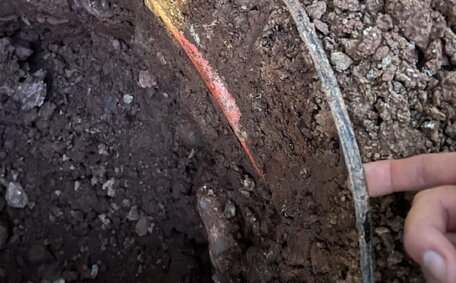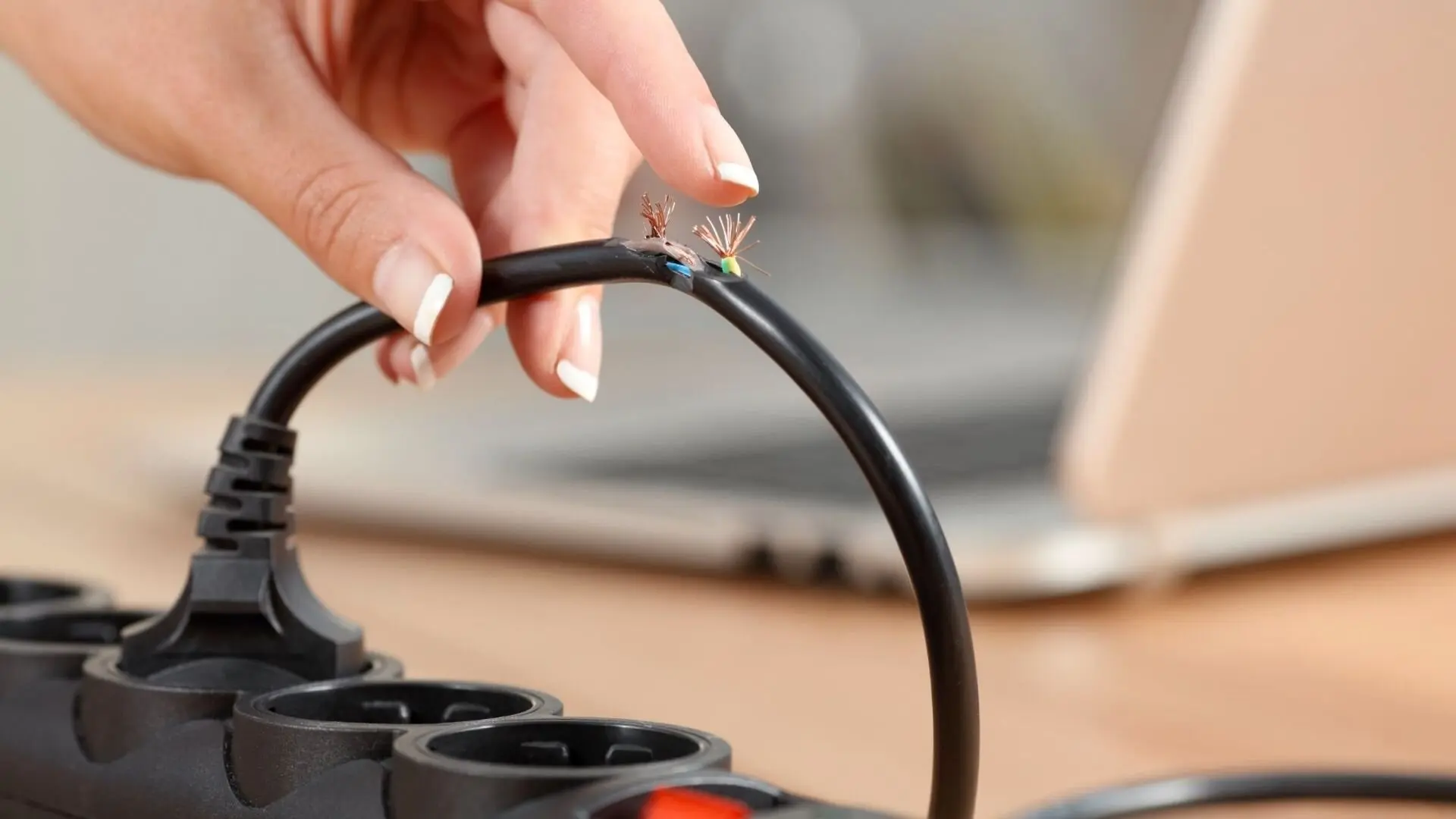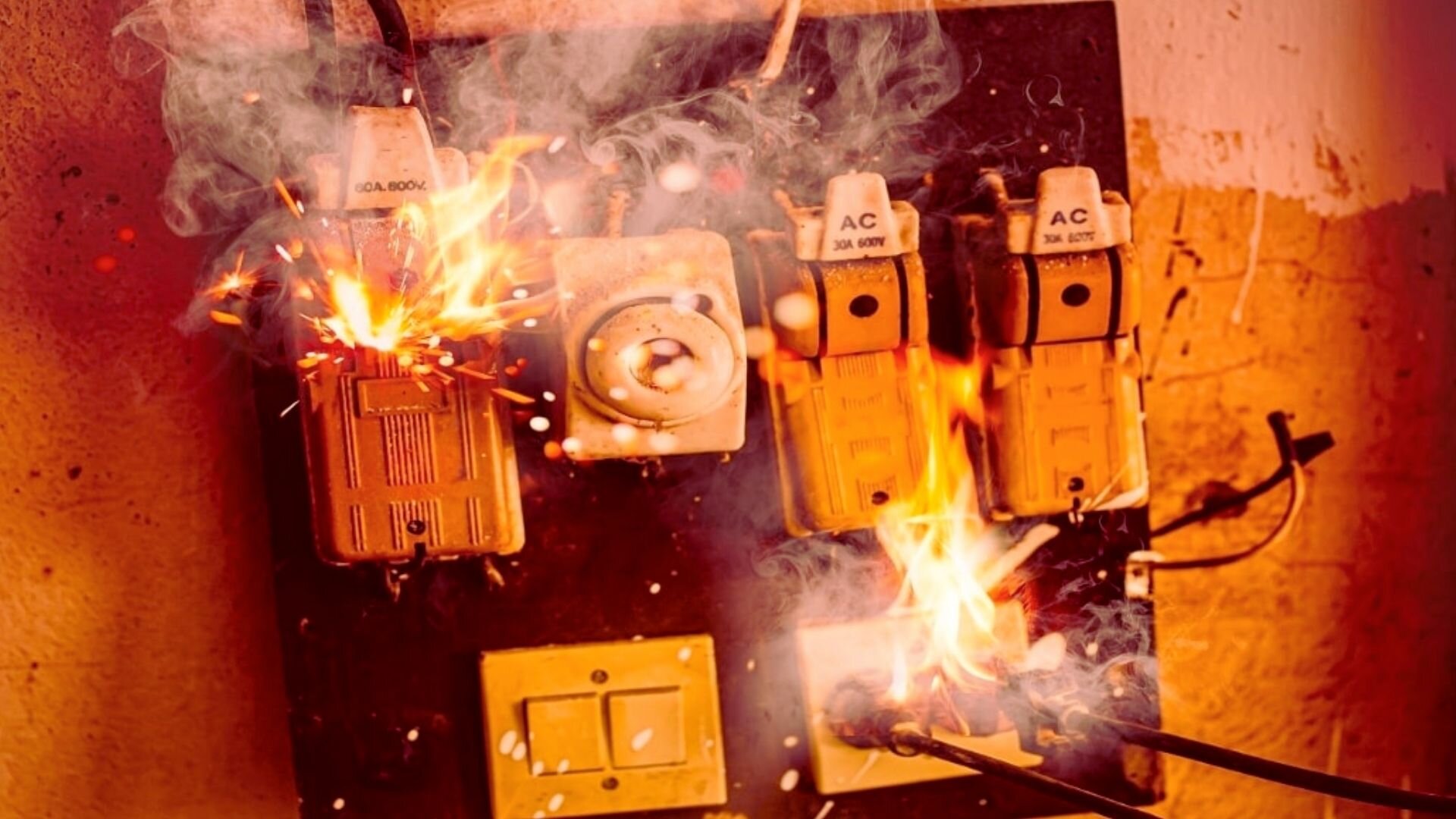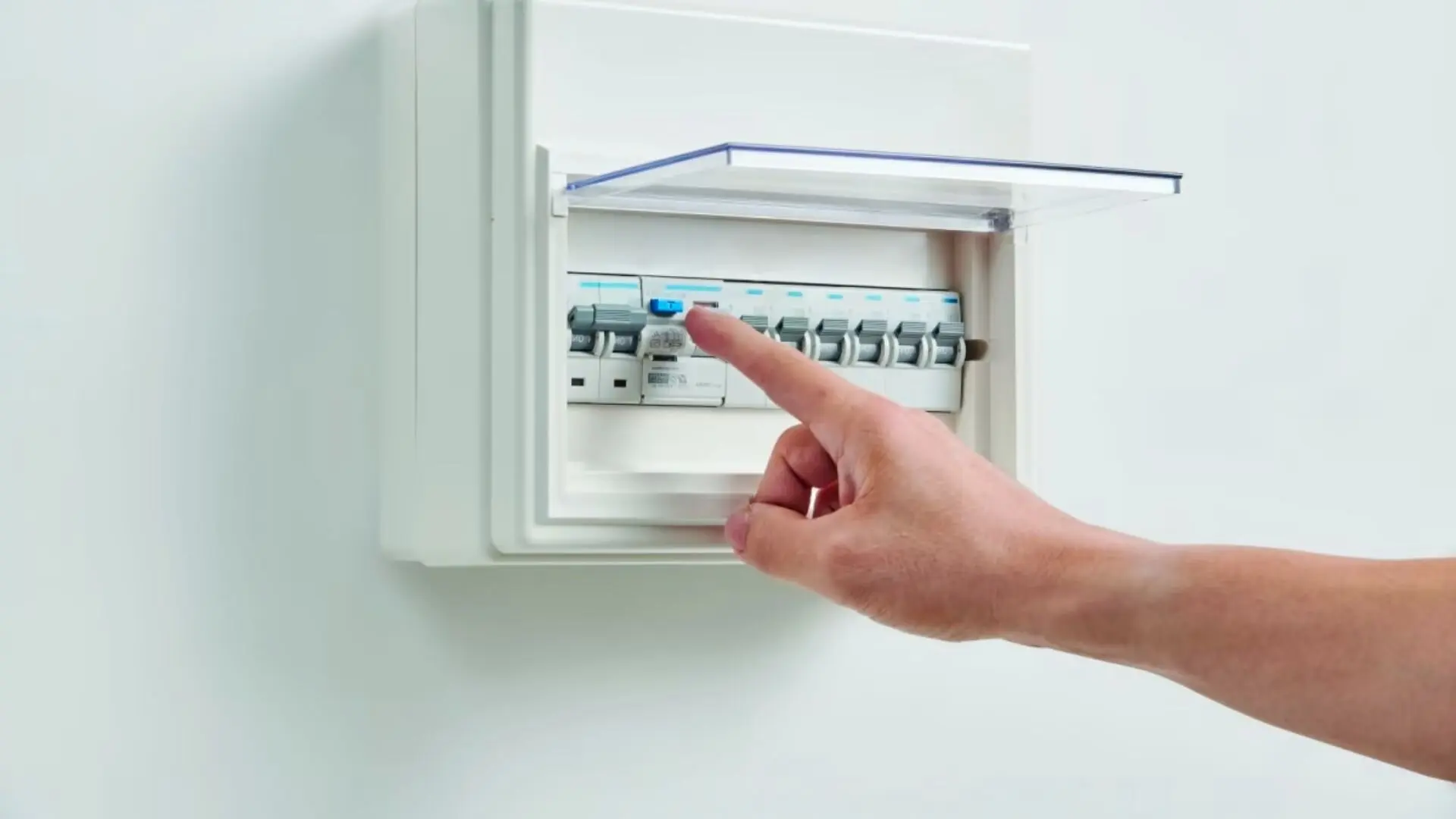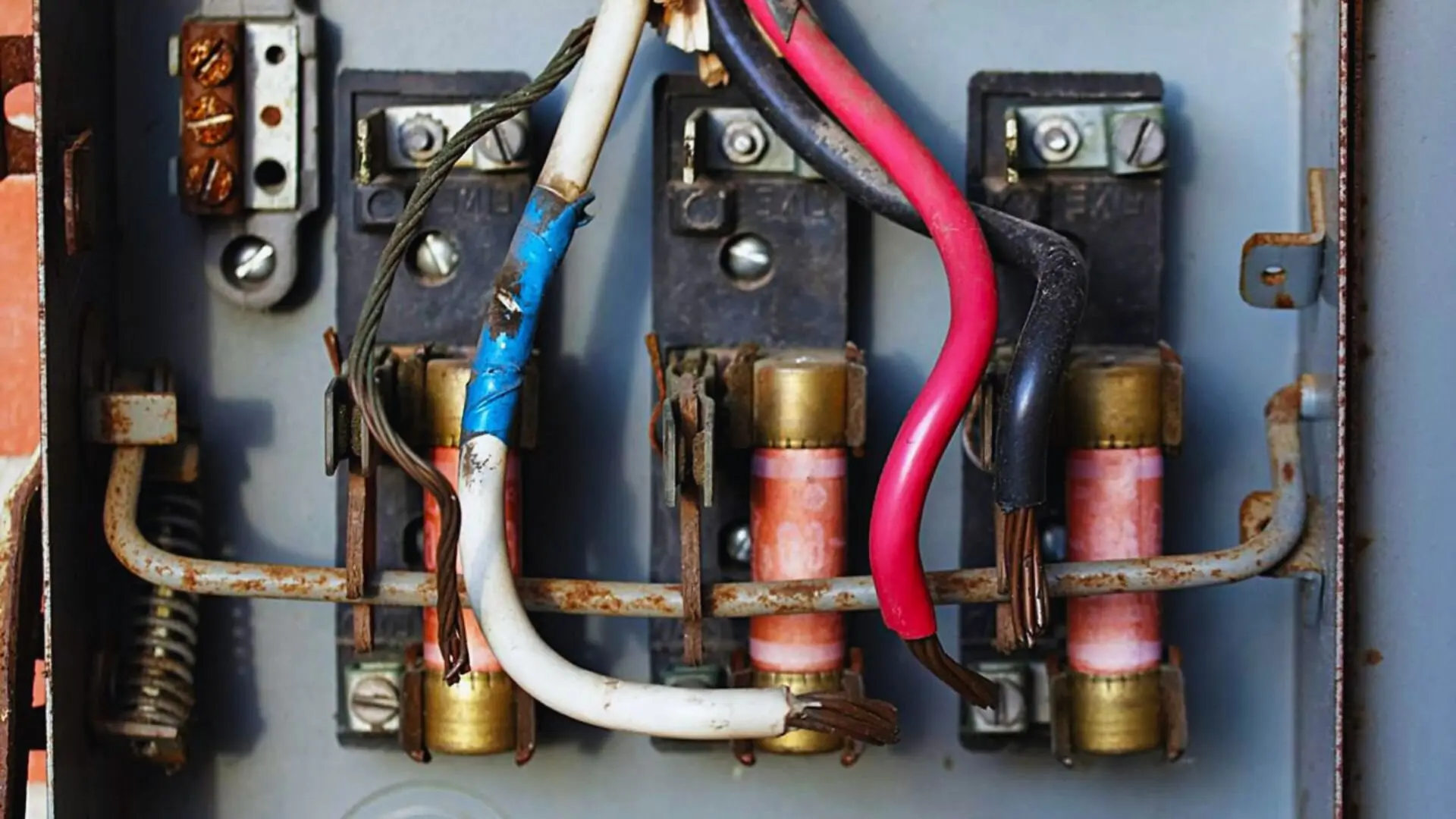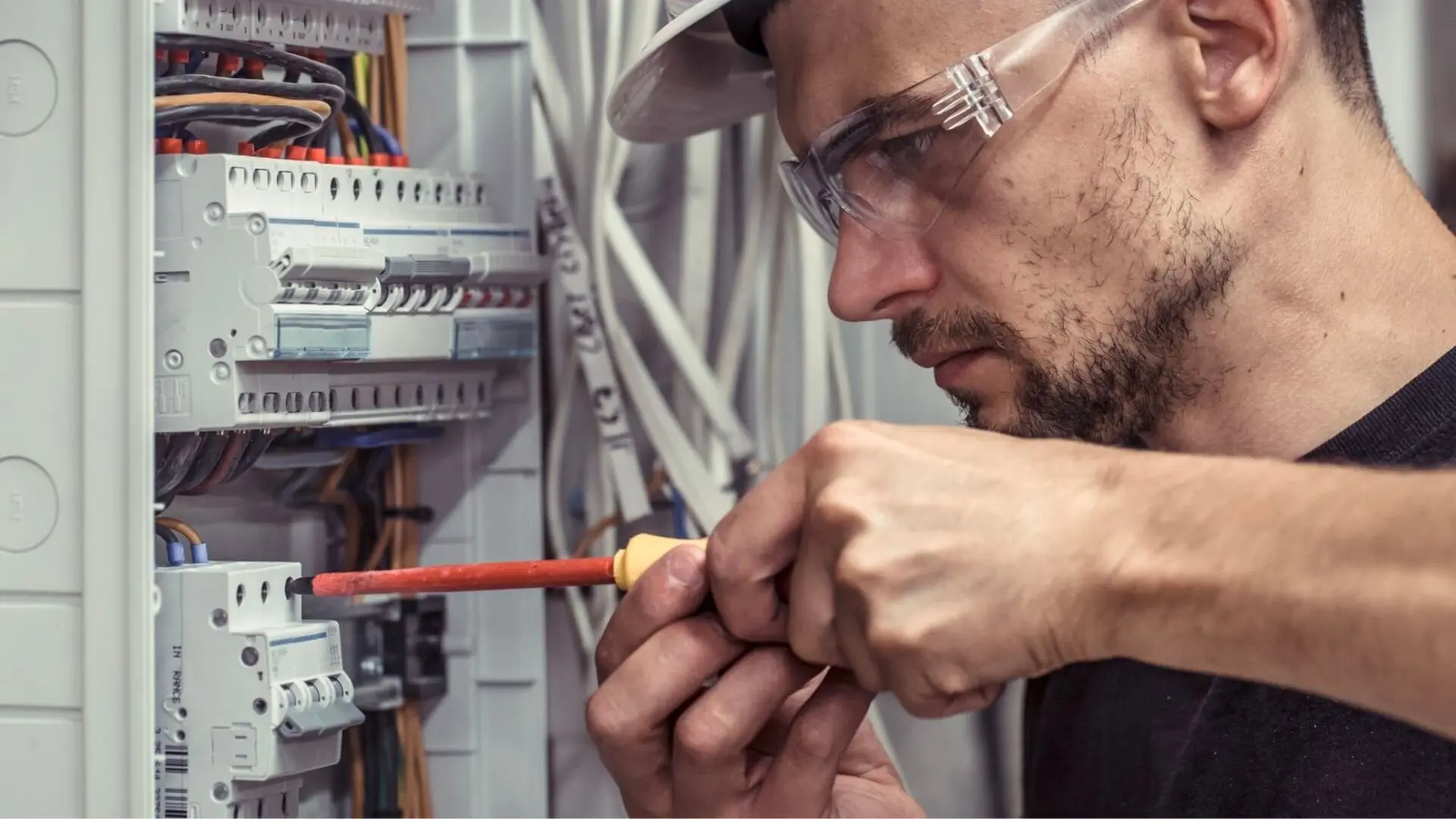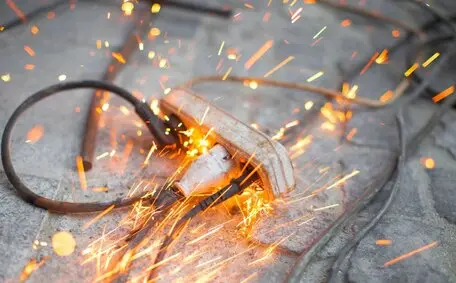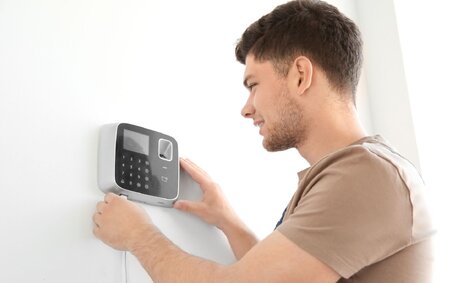If not addressed quickly, a home’s faulty wiring and electrical issues can lead to fire hazards, power outages, and expensive repairs. A homeowner must know the signs of potential electrical faults and how to diagnose and fix common problems.
This article dives into frequent electrical issues at home, like worn wiring, faulty breakers, and ground faults. You’ll discover how to identify these issues and when contacting a licensed electrician is the safest option.
With a little know-how, spotting problems early can save you from expensive headaches down the track.
Read on for the warning signs, troubleshooting tips, and safety precautions you need to keep your home’s electrical system running safely and efficiently and when you need to call a Level 2 Electrician.
![2023 08 Finding Broken Cables Finding Broken Cables]()
How To Spot Telltale Signs of Electrical Issues
Electrical wiring often shows warning signs before failing entirely. Spotting these early can help you fix issues before they get worse. Here are some key signals of electrical faults to be aware of:
Frequent Circuit Breaker Tripping
Constant tripping of a circuit breaker usually means there’s an overload or short in the wiring. Track down and fix the issue to keep things running smoothly.
Flickering Lights
Flickering or randomly dimming lights can often signal a loose connection or a faulty component like a light switch or fixture. Don’t ignore it as it could lead to bigger problems.
Burning Smell
Any burning odour coming from outlets, switches, or appliances means potentially overheated wires or connections. This signals an urgent issue that should be addressed right away.
Odd Noises
Buzzing, sizzling, or humming from a switch, outlet, or electric panel could mean arcing wires or shorting connections inside.
Tingling Sensations
Feeling a slight shock or tingle from appliances, switches, or other electronics can be a sign of faulty grounding. Improper grounding is highly hazardous.
Failed Outlets
An outlet that provides no power may indicate a tripped GFCI outlet, blown a fuse, bad breaker, or disconnected wires.
By staying alert to these common red flags, you can quickly detect electrical faults before more severe problems arise. Acting at the first sign of trouble will help keep your home’s electrical system running safely.
![2023 08 Electrical Panel On Fire Electrical Panel Fire]()
Pinpointing the Location of Faulty Wiring
When signs of an electrical issue arise, the next step is to trace the problem back to its source. Locating the faulty wiring or component allows you to make repairs and get your electrical system functioning properly again. Systematically inspect your home to identify the most likely sources of electrical faults.
Start with the electrical panel; check all the circuit breakers. Flip them off and on to reset any problematic ones. If a circuit keeps tripping, you might pinpoint the trouble spot. Breakers that won’t reset need replacing.
Next, check for issues in outlets and switches, starting with the room where problems occur. Unplug all devices and reset GFCI outlets.
Ensure all bulb connections are tight and fixtures are correctly grounded for flickering lights. Loose fixture mounts can cause shorting. Test outlets and switches with a voltage tester to see if power is intermittent.
Also, electrical cords, exposed wires, and loose plugs, which can cause arcing shorts, should be inspected for damage. Check the junction boxes behind outlets and switches for discoloured, overheated signs that wires are failing. Damage inside walls often remains unseen, so use caution.
Tracing down faulty wiring takes diligence, but preventing electrical fires and shocks requires locating potential hazards. If problems persist after inspecting fixtures, cords, and junction points, you may need an electrician to thoroughly diagnose the home’s wiring and electrical load. Safety should remain the top priority.
![2023 08 Circuit Breaker Finger Circuit Breaker Finger]()
Resetting or Replacing Defective Circuit Breakers
Circuit breakers are designed to trip and shut off power to a circuit when they detect an overload or short. But breakers can wear out over time and become prone to nuisance tripping or failing to trip when needed. Resetting or replacing malfunctioning breakers is critical to maintaining safe electrical service.
Try turning the breaker off and on to see if a reset fixes it. If it trips immediately, there’s likely a short somewhere that needs fixing before you restore power.
The circuit may be overloaded with too many devices or lighting fixtures for breakers that continually trip under regular use. If tripping continues after troubleshooting the circuit, consider spreading devices across multiple circuits to lighten the electrical load.
Breakers that refuse to reset or feel sticky when switching could be experiencing internal failures. When manual resets no longer work, it’s time to replace the faulty unit. Each breaker is designed to handle a specific amp load, so check the amperage rating when installing a new one.
Testing circuit breakers annually with a voltage tester can identify units that are no longer tripping properly before a significant fault occurs. Preventive breaker replacement avoids potential electrical fires. Shut off power at the main breaker before swapping breakers out.
![2023 08 Ground Fault Red Wire Ground Fault Red Wire]()
Address Hazardous Ground Faults
Ground faults occur when electricity escapes a circuit and flows into the grounding system. This can result from damaged insulation and wires touching conductive materials. Ground faults create shock risks and can be precursors to more severe issues.
If you feel tingling from touching appliances or switches, that likely indicates ground fault current leakage. Appliances like refrigerators and air conditioners can leak small currents continuously. It’s important to remember that any noticeable shock represents a real hazard.
Outlets with open or missing ground pins allow appliances to operate normally but do not provide a safe grounding path for fault currents. Before using appliances, consider using a circuit tester to confirm grounding and check for reverse polarity situations.
Loose connections between wires and ground terminals can interrupt grounding paths. Ensure wires are securely attached to ground screws or clips inside outlets and switches to maintain protection.
Ground faults require urgent repair by properly reconnecting or replacing damaged wiring and receptacles. As a protective measure, install ground fault circuit interrupter outlets in at-risk locations like kitchens, bathrooms, and unfinished basements.
GFCIs shut off power quickly if a ground fault occurs. With electricity, safety should always come first. Addressing grounding issues and installing GFCI outlets provides the best defence against ground faults turning into electrocutions or electrical fires. Consult an electrician for repairs beyond your skill level.
![2023 08 Professional Electrician Goggles Beard Professional Electrician Goggles Beard]()
When It’s Time To Call An Electrician
Your safety should be the top priority when dealing with electrical repairs. Live wires can deliver deadly shocks, so caution is required. Here are some tips to stay safe when diagnosing and repairing electrical faults yourself:
- Turn off power at the main breaker before inspecting wires, outlets, switches or electrical panels. Verify that the power is off with a voltage tester.
- Only work on small basic repairs like replacing outlets, switches and light fixtures if you have experience working with electrical systems.
- Wear rubber-soled shoes and gloves for insulation when performing electrical work.
- Never touch bare wires or work with electrical systems in wet conditions.
- Be careful not to pierce or damage hidden wiring inside walls during projects.
- If you see frayed wiring, exposed conductors, melt marks or sparks, stop work and call an electrician immediately.
While minor issues can have DIY solutions, it’s best to call a licensed electrician for potentially hazardous electrical faults like:
- Repeated tripping of unknown cause with no overload on a circuit
- Sparks or smoke emitting from outlets or appliances
- Tingling sensations from multiple fixtures/outlets indicate ground faults.
- No power to an entire section of your home
- Evidence of moisture or corrosion in an electrical panel or wiring
For major repairs or those requiring pulling permits, hire a trusted electrician. They have specialised tools and training to safely diagnose and correct dangerous electrical problems. Don’t take unnecessary risks with electricity.
Call The Experts To Ensure Your Safety Today
For reliable electrical inspections, repairs, and installations in the Sydney area, contact the experts at Bright Force Electrical today. Our level 2 qualified electricians have the experience and training to diagnose issues and quickly make your electrical system safe again.
Call 1300 724 942 or email info@brightforceelectrical.com.au to schedule your electricity safety check or repair. With upfront pricing and no surprise fees, we’re the team you can trust for all your electrical needs, large and small.
